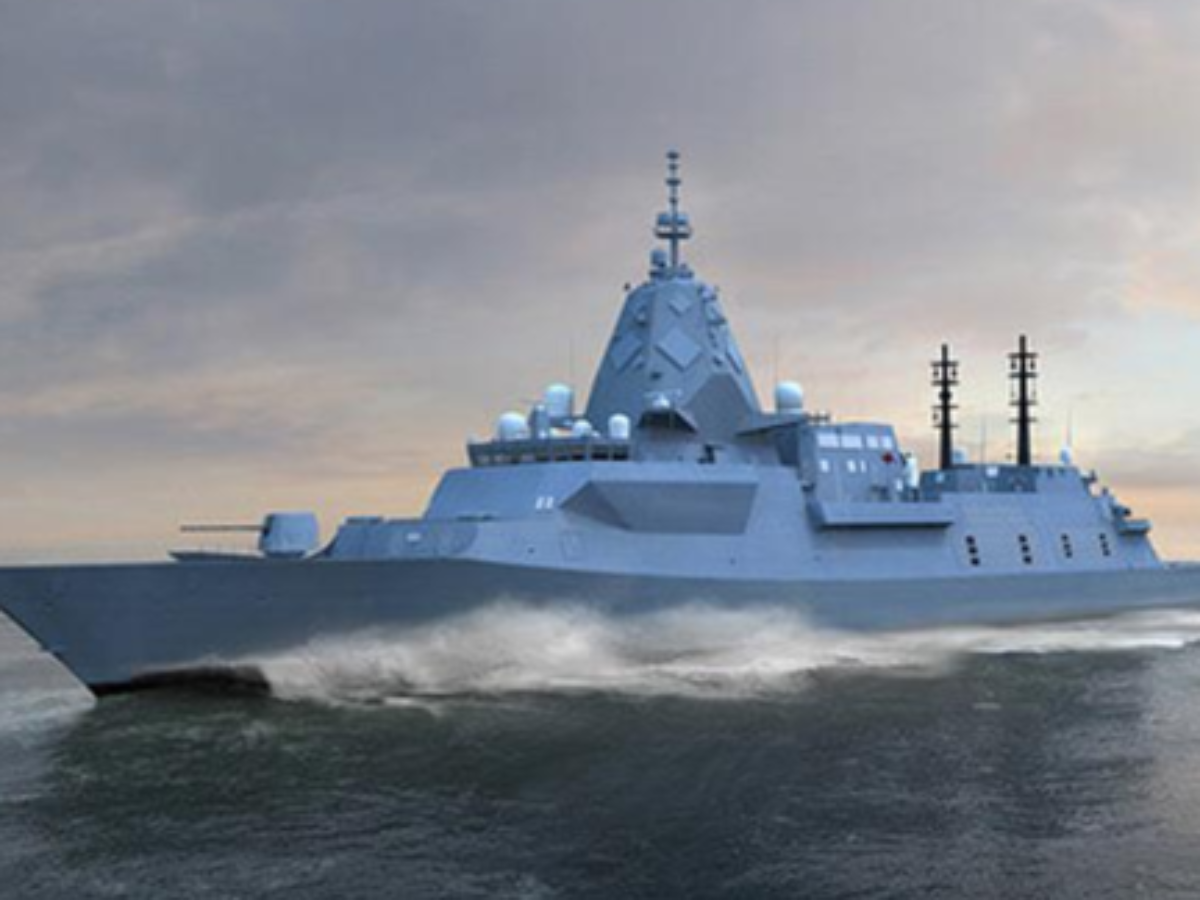Audit office critical of Defence Department over frigate contract

The Australian National Audit Office has issued a report critical of the acquisition of nine Hunter class frigates now under construction at the Osborne naval shipyard in Adelaide.
These are the ANAOs’s conclusions in full of its review of the $35 billion acquisition by the Department of Defence:
The Department of Defence’s management to date of its procurement of Hunter class frigates has been partly effective. Defence’s procurement process and related advisory processes lacked a value for money focus, and key records, including the rationale for the procurement approach, were not retained. Contract expenditure to date has not been effective in delivering on project milestones, and the project is experiencing an 18-month delay and additional costs due in large part to design immaturity.
Defence did not conduct an effective limited tender process for the ship design. The value for money of the three competing designs was not assessed by officials, as the Tender Evaluation Plan (TEP) proposed that government would do so. The Commonwealth Procurement Rules (CPRs) and the Defence Procurement Policy Manual required officials responsible for procurement to be satisfied, after reasonable inquiries, that the procurement achieved a value for money outcome. Defence did not otherwise document the rationale for the TEP not requiring a value for money assessment or comparative evaluation of the tenders by officials.
Defence’s advice to the Australian Government at first and second pass was partly effective. While the advice was timely and informative, Defence’s advice at second pass was not complete. Defence did not advise that a value for money assessment had not been conducted by Defence officials and that under the TEP Defence expected government to consider the value for money of the tenders.
Defence has established largely fit-for-purpose contracting arrangements for the design and productionisation stage, and largely effective contract monitoring and reporting arrangements to ensure adequate visibility of performance and emerging risks and issues. However, the contract management plan was established 44 months (3.6 years) after contract execution.
Defence’s expenditure to date has not been effective in delivering on project milestones, and the cost of the head contract has increased. Lack of design maturity has resulted in an 18-month delay to the project and extension of the design and productionisation phase, at an additional cost to Defence of $422.8 million.7 At January 2023 the project was forecast to exceed the whole of project budget approved by government by a significant amount.
Image: ANAO
Topics Defence
@aumanufacturing Sections
Analysis and Commentary Awards Defence Manufacturing News Podcast Technology Videos










